Deep in the recesses of evolutionary history, a remarkable transformation occurred that would forever change the natural world. Spiders, those eight-legged architects of silk, developed one of nature’s most sophisticated biochemical weapons systems: venom. This evolutionary innovation didn’t happen overnight but unfolded across millions of years through complex adaptations and refinements. Today, spider venoms represent some of the most intricately designed chemical cocktails on Earth—simultaneously fascinating, terrifying, and increasingly valuable to human medicine. Their journey from simple predators to sophisticated chemical engineers offers a compelling window into the power of natural selection and the endless ingenuity of evolutionary processes.
The Ancient Origins of Spider Venom

Spider venom evolution traces back approximately 400 million years, emerging during the Devonian period when arthropods were diversifying and colonizing land environments. The earliest spider-like ancestors likely possessed rudimentary venom systems that bore little resemblance to the complex apparatus we see today. Paleontological evidence suggests that these proto-spiders initially produced simple secretions that helped subdue small prey, possibly originating from modified digestive enzymes. This repurposing of existing biological machinery represents a classic example of evolution’s tendency to build new innovations from existing components. The transition from simple secretions to true venom coincided with the evolution of specialized delivery structures, marking a pivotal moment in arachnid evolutionary history.
The Evolutionary Advantage of Chemical Weaponry

The development of venom provided spiders with a profound competitive advantage in the struggle for survival. As relatively small predators, spiders faced significant challenges in capturing prey that could be faster, larger, or better defended than themselves. Venom revolutionized their hunting strategy by allowing them to quickly immobilize prey with minimal physical confrontation, reducing the risk of injury during the capture process. This chemical approach to predation opened up new ecological niches and food sources that would otherwise be inaccessible. Additionally, venom served a dual purpose as a defense mechanism against larger predators, further enhancing spider survival rates. The evolutionary pressure to maintain and refine this chemical arsenal has been constant throughout arachnid history, leading to increasingly sophisticated venom compositions.
The Architecture of Venom Delivery Systems
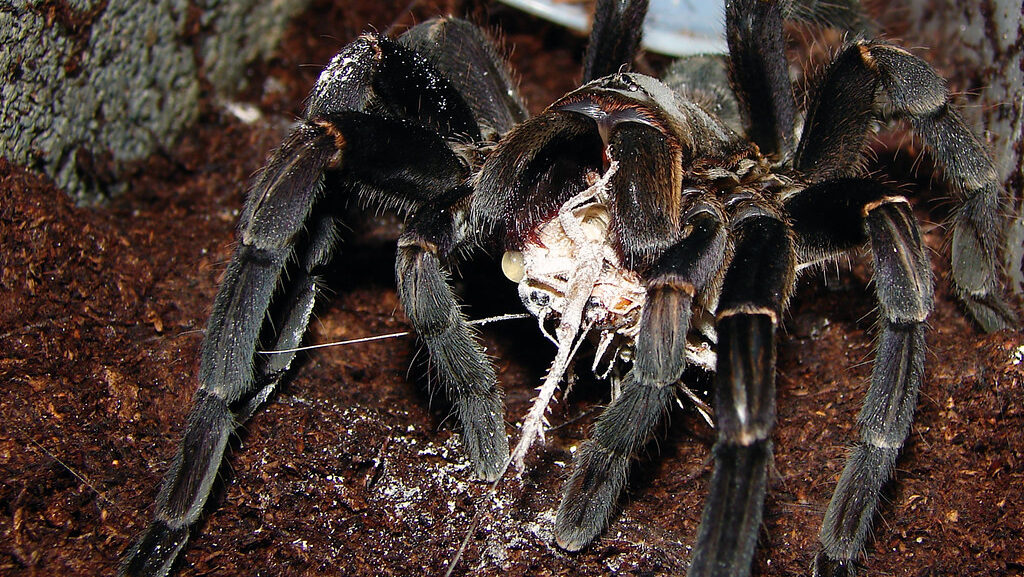
Spider venom delivery systems represent masterpieces of biological engineering, having evolved specialized structures designed specifically for injection. The most recognizable components are the chelicerae—paired appendages near the mouth that house the fangs through which venom is delivered. These fangs are connected to venom glands via ducts that allow for controlled release of toxins during a bite. The mechanics of this system vary significantly across spider families, with some species having evolved forward-facing fangs that stab downward (mygalomorphs like tarantulas), while others possess sideways-articulating fangs that close like pincers (araneomorphs like orb-weavers). Some advanced species have even developed muscular control over venom output, allowing them to deliver “dry bites” or measured doses depending on the situation—a remarkable example of fine-tuned control over their chemical weaponry.
The Biochemical Complexity of Spider Venom

The chemical composition of spider venom represents one of nature’s most complex biological concoctions, often containing hundreds of different bioactive compounds within a single species. These venoms typically include a sophisticated blend of neurotoxins, enzymes, peptides, proteins, and small organic molecules, each evolved for specific functions in immobilizing prey. Research has revealed that even within a single spider species, venom composition can contain up to 1,000 unique molecular components, making them among the most diverse biochemical mixtures in nature. This extraordinary complexity didn’t emerge fully formed but developed gradually through processes of gene duplication, mutation, and natural selection. The specific molecular profile of each spider’s venom reflects its evolutionary history and ecological niche, creating a chemical signature as unique as a fingerprint.
Venom Diversification Across Spider Families

The remarkable diversity of spider venoms across different families illustrates how evolution has crafted specialized chemical toolkits for diverse ecological roles. For instance, funnel-web spiders (Atracidae) produce venom rich in complex neurotoxic peptides that target the nervous systems of vertebrates—an unusual specialization among spiders. In contrast, black widows (Latrodectus) rely on alpha-latrotoxin, which triggers massive neurotransmitter release, while brown recluses (Loxosceles) deploy sphingomyelinase D, an enzyme that causes characteristic necrotic lesions in mammalian tissue. Wolf spiders (Lycosidae) produce venoms optimized for rapid paralysis of insect prey, containing compounds that specifically target insect nervous systems. This divergence in venom composition reflects different evolutionary pressures and hunting strategies, demonstrating how natural selection has fine-tuned each spider family’s chemical arsenal for its particular lifestyle.
The Molecular Evolution of Venom Compounds

At the molecular level, spider venom evolution showcases nature’s remarkable capacity for innovation through genetic processes. Many venom components originated from ordinary housekeeping proteins that underwent gene duplication events, freeing copies to mutate and develop new functions without compromising essential biological processes. This process, known as neofunctionalization, has been particularly important in the development of spider toxins. Research has revealed that many spider venom peptides evolved from defensive molecules like antimicrobial peptides that subsequently diversified into potent neurotoxins. These toxin genes often experience accelerated evolution, accumulating mutations at rates much higher than other genes in the spider genome. This rapid evolutionary pace allows spiders to continually refine their venoms in response to prey defenses, predator pressures, and changing ecological conditions—essentially engaging in an ongoing biochemical arms race.
Ecological Pressures Shaping Venom Evolution
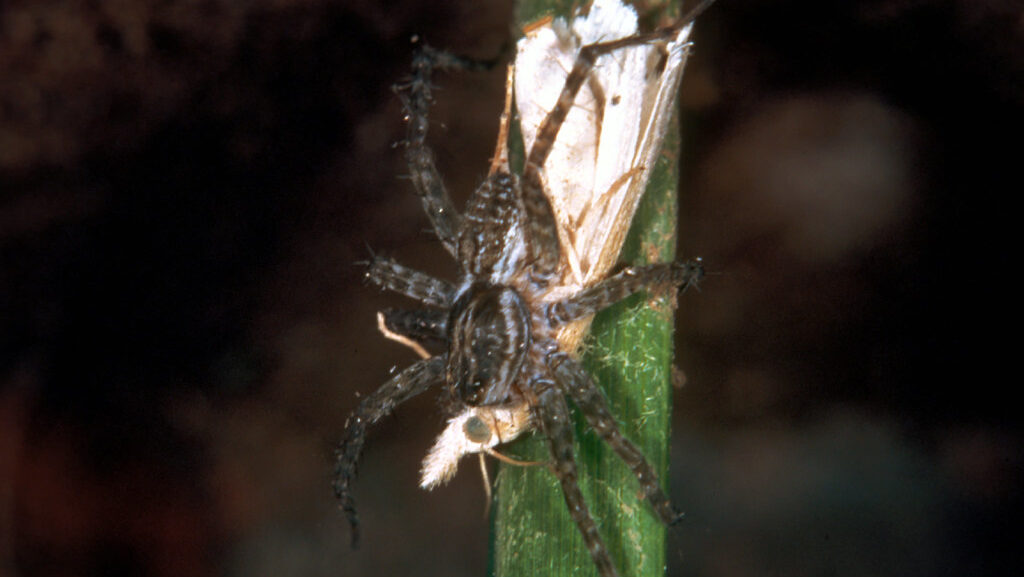
The specific ecological context of each spider species has profoundly shaped the evolution of their venom compositions. Spiders that primarily hunt fast-moving insects have developed venoms rich in compounds that rapidly immobilize prey, preventing escape. Conversely, species that target larger or more dangerous prey often produce venoms with more complex cocktails designed to overcome robust defensive systems. Habitat also plays a crucial role, with spiders living in prey-scarce environments evolving more potent venoms to maximize hunting success on the rare occasions they encounter potential meals. Even climate influences venom evolution, as temperature and humidity affect both venom stability and the physiological response of prey animals. These ecological pressures create a complex evolutionary landscape where spider venoms must continually adapt to changing conditions and challenges.
Venom Variation Within Species
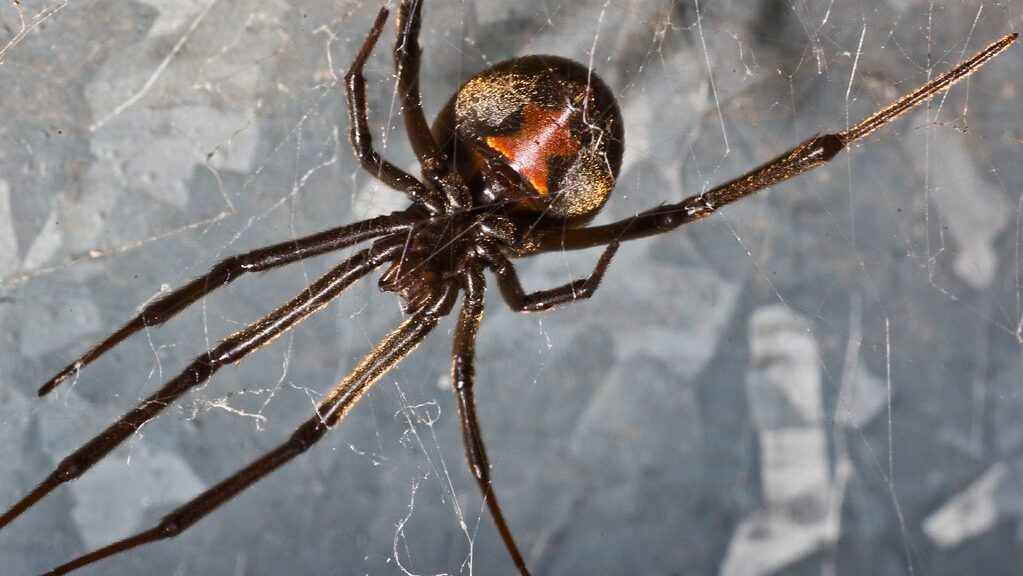
One of the most fascinating aspects of spider venom evolution is the significant variation that can exist within a single species—a phenomenon known as intraspecific venom variation. Individual spiders of the same species may produce venoms with noticeably different compositions depending on their age, sex, geographic location, and even recent feeding history. Young spiders often produce simpler venoms that grow more complex as they mature, reflecting the changing prey preferences throughout their lifecycle. Geographic variation can be particularly pronounced, with populations separated by natural barriers developing distinct venom profiles in response to local prey availability and defensive needs. This intraspecific variation provides evolutionary flexibility, allowing spider populations to respond to localized pressures while maintaining the overall success of the species across diverse environments.
The Arms Race Between Predator and Prey
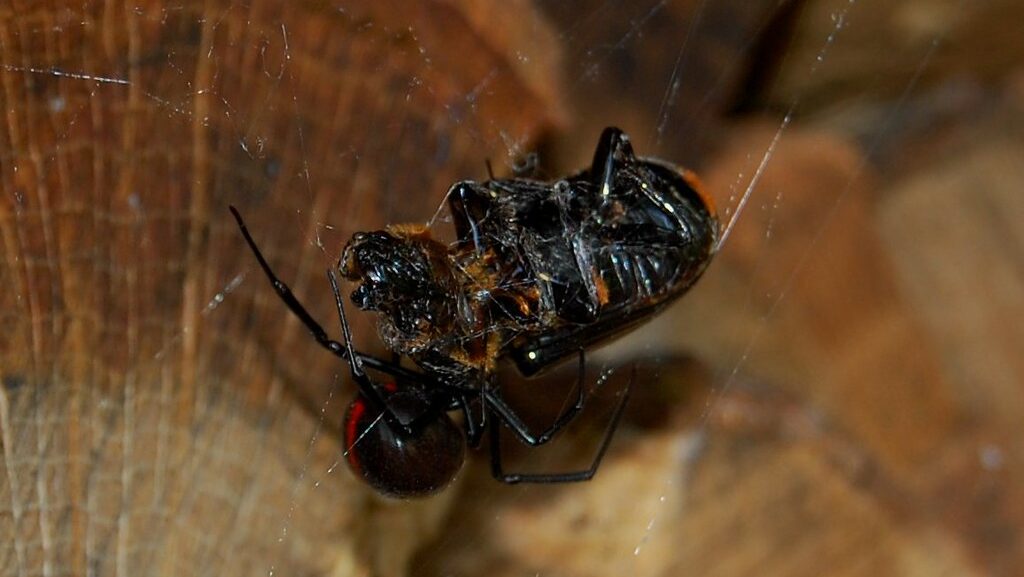
Spider venom evolution exemplifies the concept of evolutionary arms races, where predators and prey continually adapt in response to each other’s developments. As spiders evolved more sophisticated venoms, their prey species developed corresponding resistance mechanisms. Many insects have evolved physiological defenses against common spider toxins, including altered receptor structures that prevent toxin binding or enhanced enzymatic degradation pathways that neutralize venom components. In response, spiders have counter-adapted by developing more complex venom cocktails with multiple toxins targeting different physiological systems simultaneously, making resistance more difficult to achieve. Some spiders have even evolved toxins specifically designed to overcome the resistance mechanisms of their primary prey species. This ongoing biochemical contest has driven the exceptional diversity and complexity of spider venoms, as natural selection continually favors innovations that can overcome the latest defensive adaptations.
Venom as a Tool for Diverse Hunting Strategies

Spider venoms have evolved to complement a wide variety of hunting strategies, each requiring different chemical properties and modes of action. Web-building spiders often produce venoms that work relatively slowly but thoroughly, as their prey is already mechanically restrained by silk, allowing time for the toxins to take effect. These venoms typically focus on complete immobilization rather than instant knockdown. In contrast, active hunting spiders like jumping spiders and wolf spiders have evolved fast-acting neurotoxic venoms that can rapidly incapacitate prey caught in open environments where escape is otherwise possible. Some specialized hunters, like spitting spiders (Scytodidae), have developed venoms containing adhesive compounds that entangle prey externally before being delivered internally through a bite. The remarkable diversity of hunting approaches among spiders has driven corresponding diversification in their venom compositions, creating specialized chemical toolkits for each predatory lifestyle.
The Medical Significance of Spider Venom Evolution

The evolutionary journey of spider venoms has created a vast natural pharmacy with significant implications for human medicine. Scientists are increasingly exploring these complex chemical cocktails for potential pharmaceutical applications, discovering compounds with remarkable specificity for biological targets. Several medications derived from spider venom components have already reached clinical use, including the pain reliever Prialt®, developed from the venom of cone snails but sharing structural similarities with certain spider toxins. Other spider venom components show promise as treatments for conditions ranging from cardiac arrhythmias to epilepsy, stroke, and even certain cancers. The evolutionary processes that refined these molecules for precise biological interactions have inadvertently created ideal templates for drug development. Paradoxically, the same evolutionary forces that created venoms dangerous to humans have also produced compounds that may save human lives, highlighting the unpredictable benefits of natural biodiversity.
Modern Research Techniques Unlocking Venom Secrets

Recent technological advances have revolutionized our understanding of spider venom evolution, providing unprecedented insights into their composition and development. Techniques like transcriptomics and proteomics allow researchers to identify the complete range of venom compounds produced by a single spider, revealing the full complexity of these biochemical arsenals. High-throughput screening methods enable scientists to rapidly test thousands of venom components for novel bioactivities, accelerating the discovery of potentially useful compounds. Advanced molecular phylogenetics helps reconstruct the evolutionary history of venom genes, revealing how they diverged and specialized over millions of years. Cryo-electron microscopy and other structural biology approaches provide detailed three-dimensional models of venom proteins, illuminating precisely how they interact with their biological targets. These modern research tools are finally allowing scientists to fully appreciate the evolutionary masterpieces that spider venoms represent, potentially unlocking their secrets for human benefit.
The Future of Spider Venom Evolution
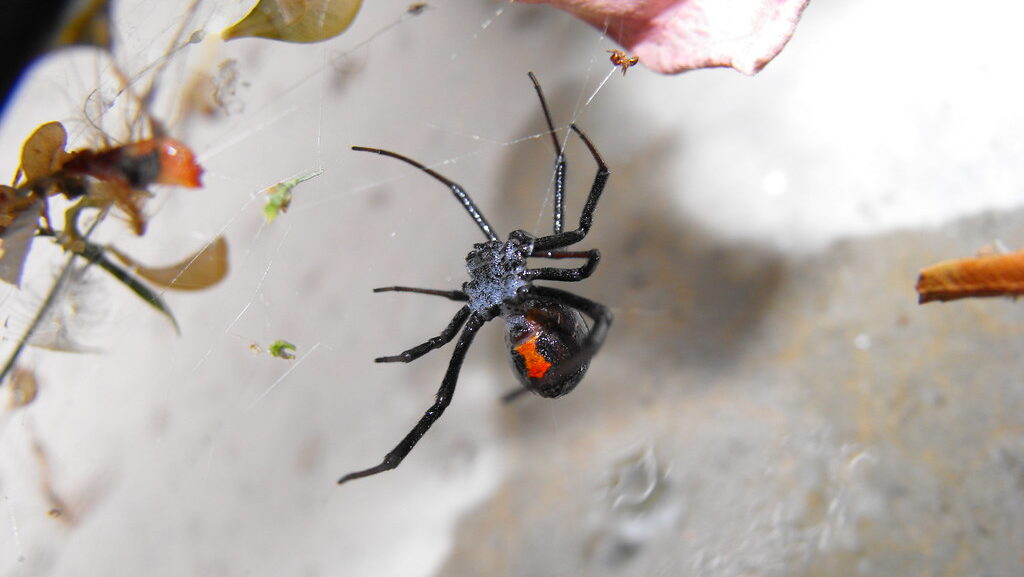
Spider venom evolution continues today, driven by ongoing ecological pressures and changing environments. Human activities are creating new selective pressures that may influence future venom development, from habitat fragmentation that isolates spider populations to climate change that alters prey availability and activity patterns. Some evidence suggests spiders in urban environments may be evolving venoms specialized for the particular insect communities found in human-dominated landscapes. The rapid pace of anthropogenic change could accelerate venom evolution in unpredictable ways, potentially creating novel toxin combinations not previously encountered in nature. As with many aspects of biodiversity, human-driven environmental changes represent a massive uncontrolled experiment in evolutionary biology, with spider venoms serving as sensitive indicators of these broader ecological shifts. Understanding these ongoing evolutionary processes may prove crucial for both conservation efforts and the continued discovery of medically valuable venom compounds.
The evolutionary journey that transformed simple spiders into sophisticated chemical engineers stands as one of nature’s most impressive achievements. From humble beginnings as basic predatory secretions, spider venoms have diversified into an astonishing array of complex biochemical cocktails, each finely tuned for specific ecological roles. This evolutionary masterpiece reflects millions of years of refinement through natural selection, creating venoms that simultaneously serve as deadly weapons and potential medical treasures. As we continue to unravel the molecular mysteries of these remarkable compounds, we gain not only a deeper appreciation for evolutionary processes but also access to a vast pharmacopeia of unique molecules with potential benefits for humanity. Spider venom evolution reminds us that some of nature’s most dangerous innovations may also be among its most valuable gifts—if we have the wisdom to understand and respect them.
